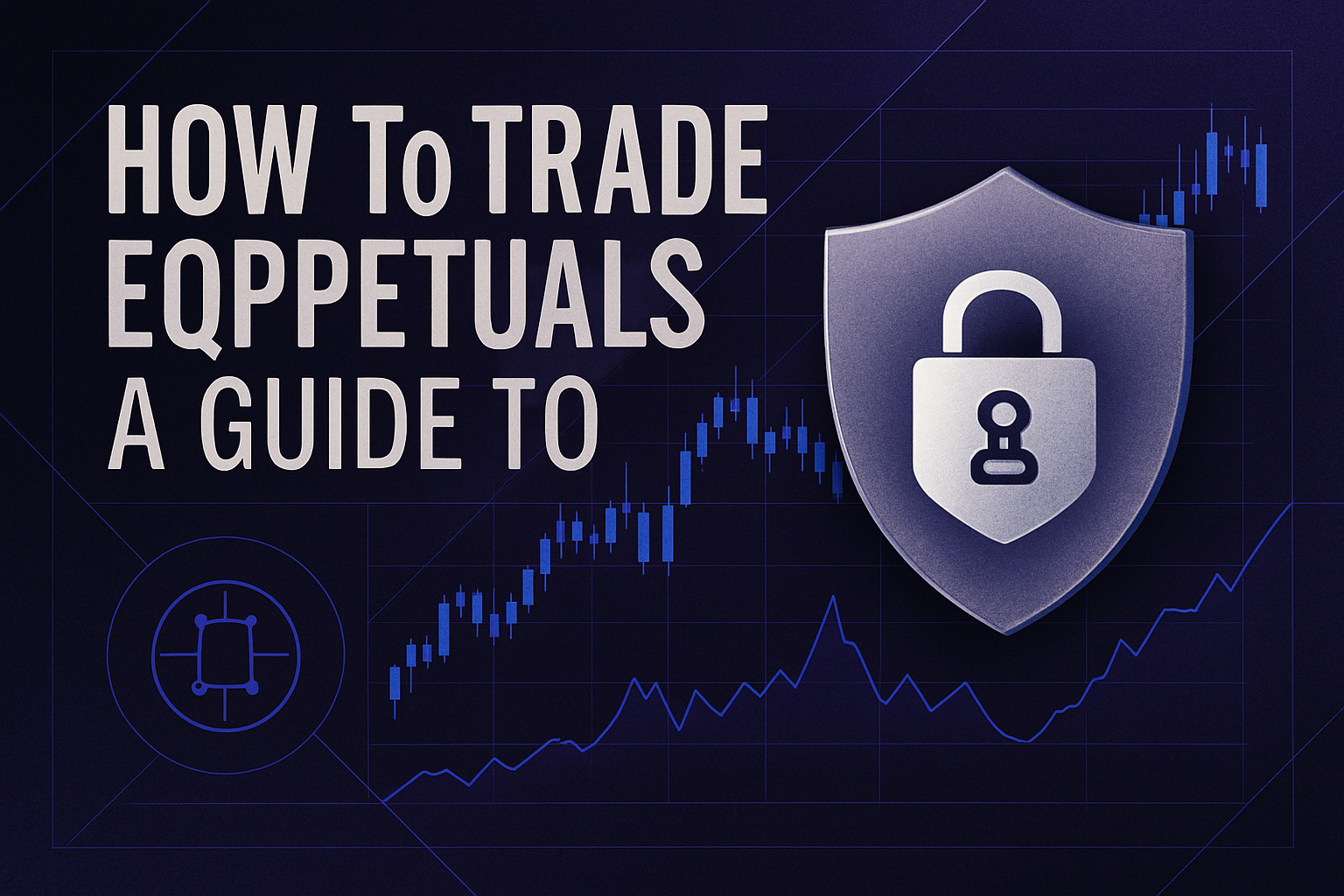
If you want to trade the price movements of top stocks without ever touching a traditional brokerage, synthetic perp stocks on decentralized exchanges are your edge. Forget the old barriers of Wall Street. Now, with a few clicks and a crypto wallet, you can go long or short on synthetic equities 24/7, with leverage and total self-custody. Let’s break down how to get started in this rapidly evolving market, and why this matters for tactical traders who want maximum flexibility and control.
Why Synthetic Perp Stocks Are Changing the Game
Synthetic perpetual stocks are blockchain-based derivatives that mirror the price action of real-world equities like Tesla, Apple, or even indices, without you ever owning the underlying shares. These instruments are perpetual: they have no expiry date, so you can hold a position as long as your collateral holds up. The magic sauce? Funding rates, which keep the synthetic price tightly pegged to its real-world counterpart.
This new breed of asset lets you:
- Trade global stock markets 24/7: no closing bell, no intermediaries.
- Use leverage (often up to 50x) for amplified returns (and risk).
- Retain custody of your funds, no centralized broker risk.
- Avoid KYC headaches: all you need is a DeFi wallet.
The result: a borderless, permissionless way to speculate on stocks using DeFi rails. Platforms like Synthetix, gTrade by Gains Network, and dYdX are leading this revolution.

Your Tactical Setup: Wallets, Collateral and Connecting to DEXs
The first step is setting up your toolkit. You’ll need a non-custodial crypto wallet provides MetaMask, Trust Wallet, or similar, that supports the blockchain where your chosen platform operates (Ethereum for Synthetix, Polygon for gTrade). Fund it with crypto like ETH or DAI; these will serve as your collateral when opening trades.
Navigating to your DEX of choice is simple:
The process is fast but demands precision, always double-check URLs and platform legitimacy before connecting your wallet to avoid phishing risks.
Selecting Your Synthetic Stock and Leverage Level: Where Traders Find Their Edge
This is where strategy meets opportunity. On platforms like gTrade by Gains Network (leverage up to 50x), Synthetix (minting via SNX staking), or dYdX (20x leverage), you’ll find a menu of synthetic perp stocks ready for action. Pick your target, say TSLA or AAPL, and dial in your leverage based on risk appetite. Remember: higher leverage means greater potential upside but also sharper downside moves if the market turns against you.
You’re not just betting on direction; you’re competing against other traders in real time, with funding rates constantly adjusting incentives between longs and shorts. This dynamic keeps prices aligned with reality but also demands active position management, set alerts for margin calls and funding payments.
The Core Steps: Placing Your First Trade on a Perp DEX
The execution flow is straightforward but unforgiving if you skip due diligence:
- Select stock market from available pairs (e. g. , TSLA/USD)
- Choose long (if bullish) or short (if bearish)
- Select position size and preferred leverage ratio
- Review funding rate info before confirming trade
- Monitor position and manage margin proactively to avoid liquidation events
Once your trade is live, the real work begins. Perpetual synthetic stocks demand constant vigilance, especially with leverage in play. Unlike traditional stocks, you’re exposed to funding rates that can swing your P and L over time. These periodic payments are exchanged between longs and shorts to keep the synthetic asset’s price tracking its real-world counterpart, ignore them at your peril.
Risk Management and Liquidation: Staying in the Game
The biggest mistake new traders make? Underestimating liquidation risk. Every platform has a collateralization ratio, drop below it and your position gets liquidated, often with little warning. That’s why pros never max out leverage unless they have a tight stop-loss strategy or are actively monitoring positions 24/7.
Set alerts for margin levels and price triggers; use partial closes to lock in profits or cut losses early. Remember, in DeFi there’s no customer support desk swooping in to save you if you mismanage risk. It’s all on you, embrace that responsibility and use it as motivation to level up your discipline.
Advanced Tactics: Funding Rates, Hedging, and 24/7 Markets
What separates tactical traders from the herd is understanding how to exploit funding rate cycles and volatility spikes. For example: if funding rates flip negative (shorts pay longs), it might signal overcrowding on one side of the trade, a potential contrarian edge.
You can also hedge spot stock exposure by taking an opposite position on a perp DEX, or use synthetic perps as a way to diversify away from crypto-only portfolios. The 24/7 nature of these markets means opportunities, and risks, never sleep. Tools like automated bots or trailing stops can help manage overnight moves when you’re not glued to the screen.
Common Pitfalls and How to Avoid Them
- Overleveraging: Even with small price moves, high leverage can wipe out your collateral fast.
- Poor platform security: Only use audited protocols with robust track records; keep wallet recovery phrases offline.
- Ignoring funding rates: They add up quickly and can erode profits if left unchecked.
- Lack of regulatory awareness: Trading synthetic assets may not be permitted everywhere, know the rules in your region before diving in.
The Future of Synthetic Stocks in DeFi
Synthetic perp stocks are still early, but adoption is accelerating as more traders seek borderless access to global equities without intermediaries or legacy market hours holding them back. As protocols like Synthetix roll out new assets and gTrade pushes leverage boundaries, expect even deeper liquidity and tighter pricing ahead.
If you’re ready to ditch old-school brokers and embrace self-custody perpetual trading, now’s the time to sharpen your edge. Stay nimble, manage risk ruthlessly, and keep learning from every setup, because every day brings fresh opportunity on-chain.



















